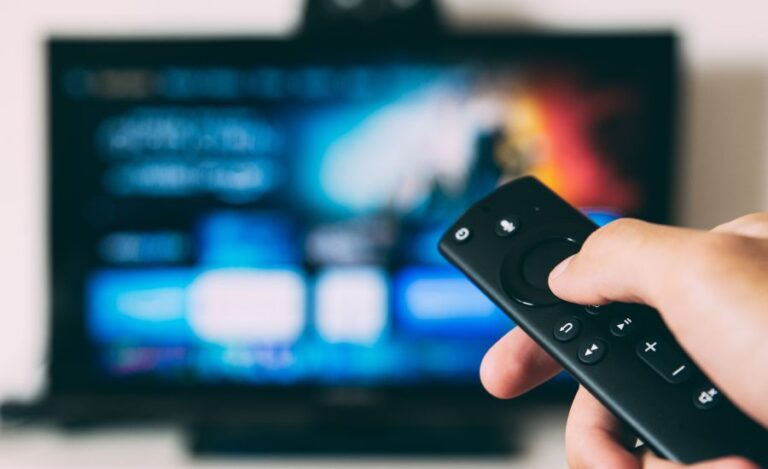What Is Splicing Speaker Wire – Benefits And Side-Effect
If you’re looking to extend the length of your speaker wire, you may want to splice your speaker wire. It could help you connect multiple speakers to a single amplifier, or customize the wiring configuration for your home theater system.
But what exactly is splicing speaker wire and what are the benefits and side effects of doing so? If you’re scratching your head over this, no worries! You’ve come to the right place.
Today, I will be answering these questions and more, providing an overview of the pros and cons of splicing speaker wire and offering tips on how to do it safely and effectively.
We’ll also learn the alternative options to splicing speaker wire. So, keep scrolling…
Benefits of splicing speaker wire
One of the key benefits of splicing speaker wire is the ability to extend its wire length overall. This can be useful if you need to run the wire through a long distance or around obstacles. Or, it could be that the wire that came with your speakers or amplifier is not long enough to reach the desired location.
Splicing speaker wire can also be a good option if you want to connect multiple speakers to a single amplifier. It allows you to create a custom wiring configuration that can optimize the sound quality and performance of your system.
Additionally, splicing speaker wire can be a useful tool for customizing the wiring configuration for a specific setup, such as a multi-room audio system or a home theater setup with multiple speakers.
To maximize the benefits of splicing speaker wire and minimize the risk of damage, it’s important to splice the wire properly. This involves using the proper tools and techniques, such as using wire strippers to remove a small section of the wire insulation, twisting the wire strands together securely, and covering the splice with electrical tape or heat-shrink tubing to protect it from moisture and wear.
It’s also a good idea to test the connection before use to ensure that it is secure and that the sound quality is not compromised. Using high-quality wire and connectors can also help to minimize the risk of damage and ensure optimal performance.
Drawbacks of splicing a speaker wire
While splicing speaker wire can offer several benefits, it’s crucial to be aware of the potential side effects as well. One potential drawback of splicing speaker wire is the risk of damaging the wire itself.
If the wire is not spliced properly, or if you put excessive strain or wear it too much, it can become frayed or broken. As a result, this can disrupt the audio signal and potentially cause a short circuit.
Another big con of splicing speaker wire is the risk of causing a short circuit. It occurs when the wire comes into contact with a conductor that it is not supposed to touch. This can cause the wire to overheat and potentially start a fire.
To avoid or minimize these side effects, it’s important to use the proper tools and techniques when splicing speaker wire. This includes using wire strippers to remove a small section of the wire insulation, twisting the wire strands together securely, and covering the splice with electrical tape or heat-shrink tubing to protect it from moisture and wear.
It’s also a good idea to test the connection before use to ensure that it is secure and that the sound quality is not compromised. Using high-quality wire and connectors can also help to minimize the risk of damage and ensure optimal performance. Finally, be sure to follow all safety precautions and guidelines when splicing speaker wire to minimize the risk of injury or property damage.
Alternatives to splicing speaker wire
If you’re considering splicing speaker wire but are concerned about the potential risks or complications involved, there are several alternative options to consider. One option is to use a longer wire.
If you need to extend the length of your speaker wire, you can simply purchase a longer wire rather than splicing the wire yourself. This can be a good option if you are not comfortable with splicing wire or if you don’t have the necessary tools or skills.
However, keep in mind that longer wires can be more expensive and may be more difficult to install, especially if you need to run the wire through a long distance or around obstacles.
Another alternative to splicing speaker wire is to use a speaker wire splitter or Y-adapter. A speaker wire splitter is a device that allows you to connect two speakers to a single amplifier. Whereas, a Y-adapter allows you to connect a single speaker to an amplifier with two outputs. These devices can be a convenient and easy way to connect multiple speakers to a single amplifier without splicing the wire.
However, keep in mind that using a splitter or Y-adapter can affect the sound quality and performance of your system. So, it may not be the best option for every home theatre setup out there.
The last alternative to splicing speaker wire is to use wireless speakers. Wireless speakers use Bluetooth or another wireless technology to transmit audio from a source device, such as a TV or smartphone, to the speakers.
This can be a convenient and easy way to connect your speakers to your audio source without worrying about wire length or configuration. However, keep in mind that wireless speakers may not offer the same sound quality or reliability as wired speakers. Though convenient, they may require additional setup and maintenance.
End Note
In conclusion, splicing speaker wire can be a useful for extending the length of your wire, connecting multiple speakers to a single amplifier, or customizing the wiring configuration for a specific setup.
However, it’s important to be aware of the potential risks and side-effects of it, including the risk of damaging the wire or causing a short circuit. If you’re not comfortable with splicing speaker wire or if you prefer a more convenient or cost-effective solution, there are several alternative options that I’ve discussed above. Feel free to pick one that suits you the most.





